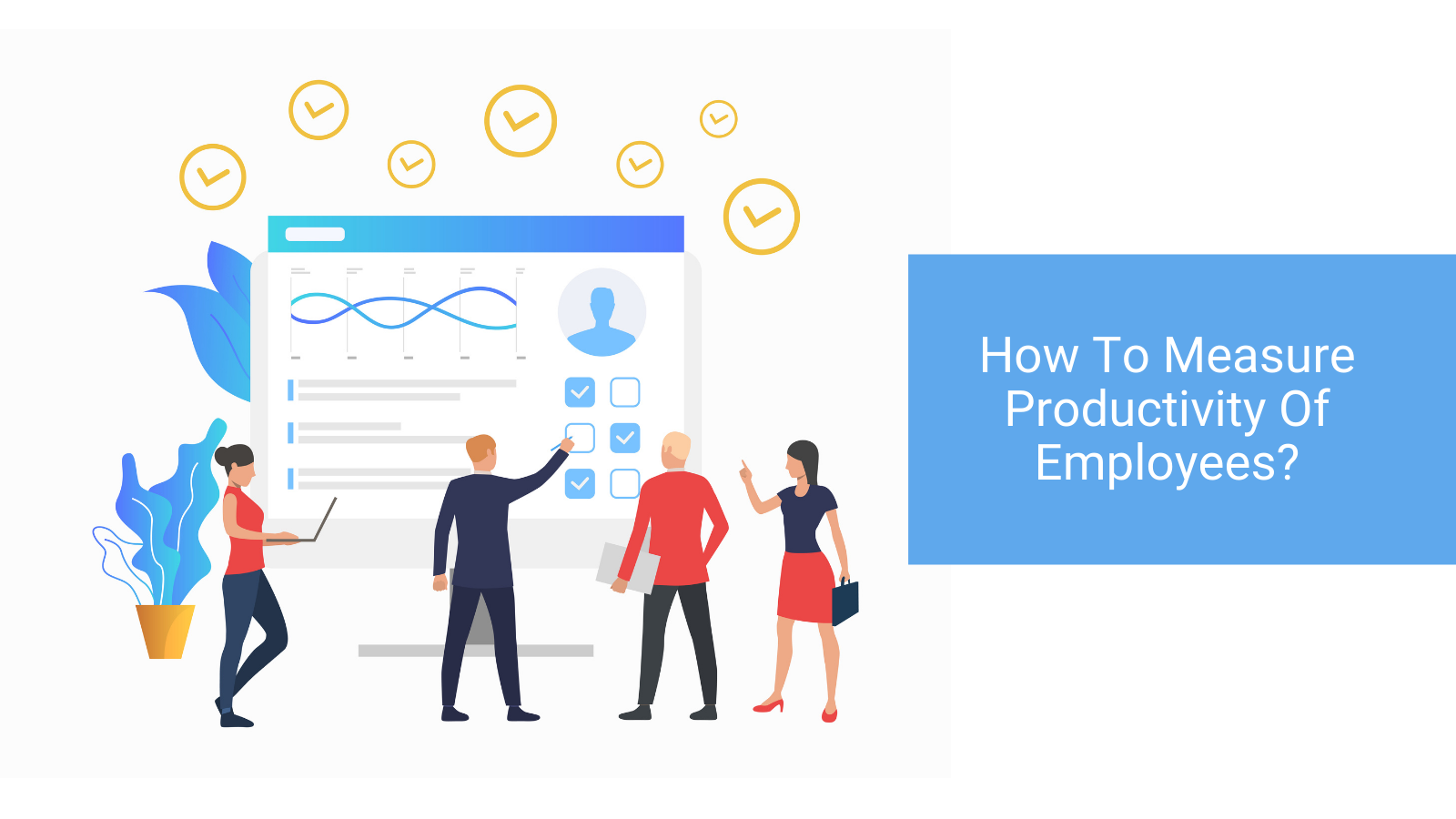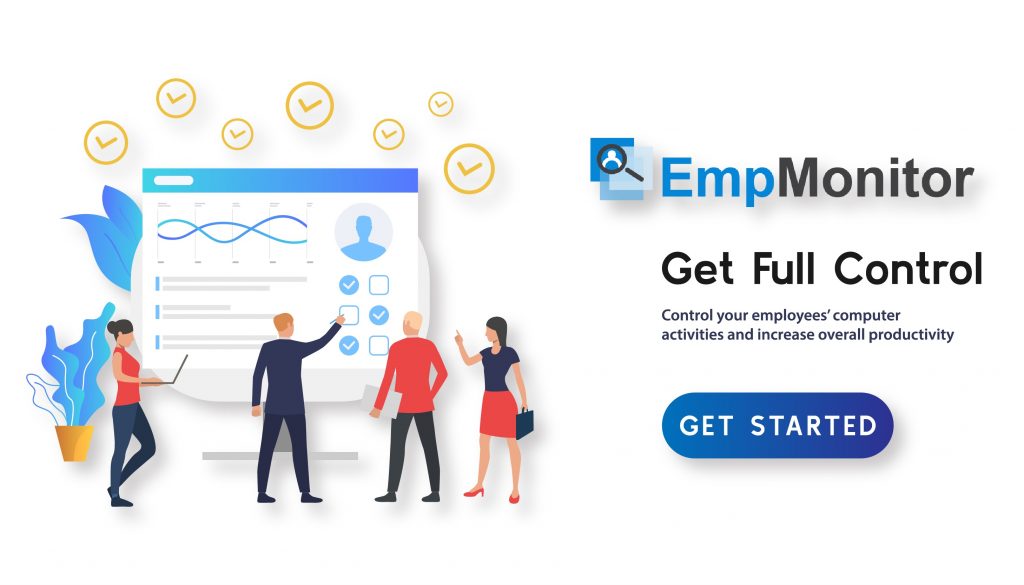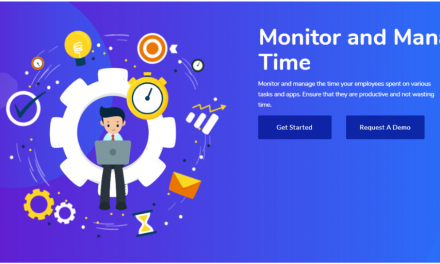The world of business has entered the Age of Data. Now, business owners can record, track, and report on every activity in their job cycle. But with all this visibility come questions. What should you be tracking? Which data is most valuable to you? What should you be doing with all this information you’re collecting? And nowhere are there more questions than around productivity. If there are, then how to measure productivity in the workplace?
“Productivity” can seem like a bit of a buzzword for business owners. You know that improving productivity can be a key to improving revenue, but what exactly does that mean?
Measuring the productivity of your company or department allows you to make operational changes, adding employees or equipment to meet deadlines. Understanding the productivity of your workforce also allows you to measure overall efficiency and whether you can meet tight deadlines or take on new clients. There are a variety of ways to measure productivity and understanding which is best for your business can take some time and consideration.
In this article, we’ll discuss in-depth why it’s important to measure productivity in the workplace and how to measure productivity of employees.
How To Measure Productivity In The Workplace?
The Profit = Productivity Strategy:
In the business world, profit is everything. After all, we all know that money makes the world go round. So measuring productivity at your company by the amount of profit generated makes perfect sense. For small businesses, measuring productivity in terms of profit is often seen as the preferred method because it’s simple, and cuts right to the chase.
In service businesses, such as creative agencies, measuring by profit also ensures employees aren’t penalized for time spent thinking creatively or working to produce the best product possible for the biggest client. Instead, their results are measured by the value (profit) they bring into the company.
The main productivity = profit measurement is the “team effectiveness ratio”, which measures how much gross profit the company earns for every dollar spent on salary. This can be better than measuring profit against time as the goal is to get your team to work smarter, not longer.
The “Getting Shit Done” Strategy:
Can you measure productivity simply by how much is achieved? Some – including Doreen Bloch of Poshly Inc, – believe you can. She doesn’t care how many minutes are spent on a task, or when those minutes were spent, only what tasks are completed.
You can track productivity in this way by breaking down projects into individual tasks (which is done as part of the WorkflowMax project management system). These tasks can then be assigned to the employee best able to handle them. Every person has their own KPIs in terms of the tasks they’re responsible for and can track how many they can tick off in an hour/day/week/month.
Keeping everyone informed of project goals and milestones ensures projects remain on schedule, and emphasis is placed on the completion of each task, instead of the hours logged for the week.
The Daily Check-In Strategy:
Some business owners just want to keep their team on task and aren’t so concerned with output so much as the ability to stay on task. So they have their team give daily updates of what they’re working on and what has been achieved. These daily updates also flow into weekly and monthly goal-setting and planning.
How you do this in your company is up to you. You may do a check-in:
- Over the phone or a conference call
- Via Google Hangouts – you can even make a daily event in your calendar
- In a dedicated Slack channel
- Via a round-robin style morning meeting (US company Method uses this method for their monday morning “huddles”)
- In a quick email
Daily check-in can work wonders for employees who need validation for hard work and who struggle with procrastination, but beware that certain personality types will find this type of system quite overbearing. If done incorrectly, it can veer into the territory of micromanagement, which you want to avoid at all costs. It’s best employed alongside a system of trust and ownership when each team member can be responsible for setting their own schedules and deadlines.
How To Measure Productivity Of Employees?
Time Tracking & Project Management Software:
Clever online time tracking and project management software like EmpMonitor exists to help you track productivity at a glance. By submitting timesheets electronically, employees track data more accurately and you get a by-the-job look at exactly how your team is performing. With EmpMonitor, you can even use this data to run performance-based reports to see which employees or contractors are completing the most jobs or logging the most hours.
If your team works on-site or remotely across the world, then online time tracking and project management software is a great solution, as it enables you to collect accurate data no matter where your employees are.
Of course, tracking time is only one measure of a productive and contributing employee, and depending on your type of business, it might not be your best productivity measure. See our recent article on productivity metrics for more information.
EmpMonitor is a cloud-based employee monitoring system, and you can monitor every activity of your employees from a single dashboard. With the help of the EmpMonitor, you can monitor every activity of your employees during office hours. It will help you to measure and ensure that they meet the productivity parameters.
EmpMonitor offers many useful tools to ensure the productivity and efficiency of your employees:
- Time Tracking:
With the Help of EmpMonitor, you can track every minute of your employee’s working hours. It gives you a detailed report on how much time they have been active, idle, neutral, or offline from a single dashboard.
- Productivity Tracking:
With the help of EmpMonitor, you can identify the productivity killers and provide a clear understanding of every process from end to end. You can track and measure the productivity of your employees.
- Regular Screenshots:
EmpMonitor captures screenshots of your employee’s system. It keeps them in check whether they are working on assigned tasks or not.
- Keystroke Logging:
Keystroke logging is one of the best ways to ensure data security. It lets you know about the words that employees type.
The 360 Degree Feedback Strategy:
In this strategy, you use the feedback generated from co-workers to measure the productivity of an employee. It sounds crazy, but in certain circumstances, it can be an excellent strategy. Each employee has their productivity evaluated by their peers – including those both above and below them in the chain – in terms of how well they’ve fulfilled their duties and contributed toward the wider company goals.
In order to do this successfully, everyone in the team needs to have an understanding of the various roles and functions, as well as an expected level of output required for those roles.
The 360-Degree Feedback Strategy only works in an environment where your team interacts a great deal, usually a smaller, tight-knit team. They need to be able to provide accurate commentary to you on each other’s habits. Before beginning a program of 360-Degree feedback, you’ll need to provide some training to ensure employees are versed in the correct way to provide feedback. Each person needs to provide feedback based on their honest assessment of an employee’s overall contribution toward team goals, and not allow any personal feelings to crowd their judgment. Gathering feedback for the larger group also helps to counterbalance any potential personal grudges.
The Service With a Smile Strategy:
Measuring productivity in service staff can be tricky. Of course, you want to push your team to answer as many support tickets as possible, in order to avoid a backlog. But you also don’t want to encourage speed over good customer service. It’s no good having a quick response time if your responses are rude and condescending, is it?
Quality is As Important As Quantity:
Output is complicated. We’ve tried to find ways to assign value to the output of knowledge workers. Our inability to consistently measure output quality makes it hard to find an equation that makes sense for measuring knowledge worker productivity.
The least-innovative approaches simply default to numerical metrics that make little sense. For instance, assessing developers by “lines of code written in an hour” or doctors by “patients treated in an hour” leaves no room for the quality factor. What if another developer writes half as much code as another, but it’s twice as good? What if a doctor sees half the number of patients as another, but with twice the positive outcomes?
How do we measure the output of the brain? If we take the developer example a little further, developers are problem-solvers, not code machines. They spend hours thinking through problems and testing solutions – hours where they’re not producing a single line of code “output.”
Check Out Our Latest Posts:
How Time Calculator Helps You Managing Employees In 2022?
7 Best Time Management Tips For Workforce That You Must Implement
Creating An Extraordinary Path With PC Monitoring Software
Final Thoughts:
No matter how you measure productivity, remember that no one metric is perfect. You need to consider each employee as an individual, and what they contribute to the company. That said, good metrics are an important part of running a successful business. You can use EmpMonitor to track and improve productivity of your employees.














